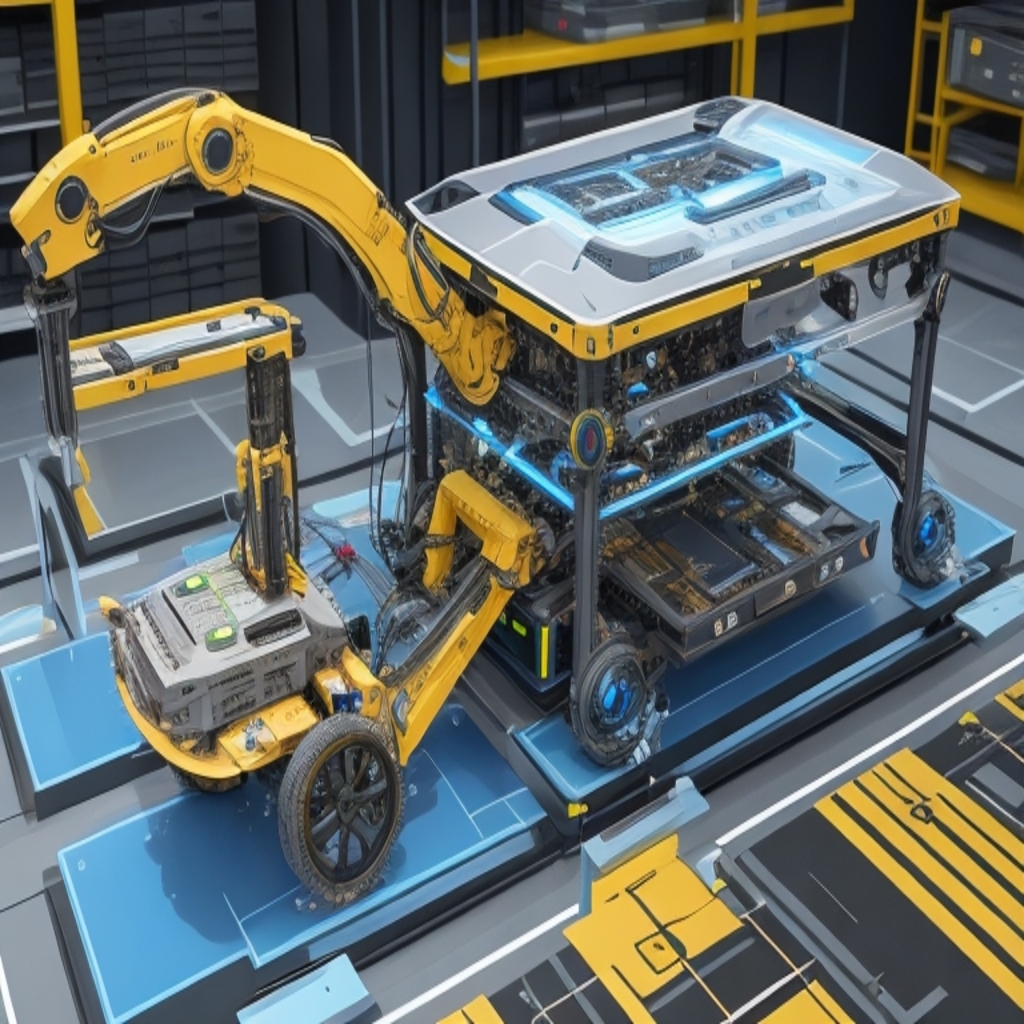In 2024, federal courts are grappling with a surge of copyright infringement complaints related to generative artificial intelligence (AI). This emerging technology, characterized by its ability to autonomously create content, is ushering in a new era of legal challenges. Prominent players like Stability AI and Meta Platforms Inc. find themselves in the crosshairs of these lawsuits. While some district court judges have expressed skepticism about considering the output of generative AI models as “derivative works,” claims of direct infringement during the training process are advancing.
Copyright debate heats up
As these lawsuits unfold, all three branches of the government are engaging in debates concerning the intellectual property protection of AI-generated content. Both the Copyright Office and Patent Office have asserted that AI models are neither authors nor inventors. However, disagreements persist over who should receive credit for the expressive content generated by AI – those requesting the output or the developers and trainers of the AI model.
In the realm of patentable inventions, a similar dispute awaits resolution. As AI is increasingly utilized in the inventive process, questions arise about the rightful ownership of patent rights. Additionally, the call for a federal right of publicity to combat AI deepfakes is expected to persist as technology continues to evolve.
Supreme court’s involvement in IP cases
While generative AI takes the spotlight, the United States Supreme Court is not far behind. The highest court in the land has granted certiorari in two intellectual property cases and is actively considering a third.
Vidal v. Elster: First amendment and trademarks
In the case of Vidal v. Elster, the Supreme Court is examining whether the denial of registration for the mark “Trump Too Small” by the US Patent and Trademark Office violates the First Amendment. This marks the second consecutive term in which the Court confronts a trademark issue that does not strictly pertain to designating source or origin. The case provides an opportunity for the Court to emphasize that the denial of federal trademark rights does not impede free speech.
Warner Chappell Music v. Nealy: Copyright act’s statutory damages
Nearly a decade after the Petrella v. Metro-Goldwyn-Mayer, Inc. case, which eliminated the application of the equitable doctrine of laches in copyright infringement cases, the Supreme Court is revisiting the Copyright Act’s statutory damages period in Warner Chappell Music v. Nealy. This case seeks clarification on whether a copyright owner can rely on the discovery rule to extend the three-year damages period when there was no prior knowledge of infringement.
Ongoing patent eligibility debates
The issue of patent eligibility remains in the headlines as courts continue to grapple with Section 101 precedent. Despite the Supreme Court’s repeated denial of cert petitions, such as the recent CareDX v. Natera case, patent reform efforts persist on Capitol Hill. The introduction of the Patent Eligibility Restoration Act of 2023, sponsored by Senators Thom Tillis and Chris Coons, may prove pivotal. If passed, this legislation would clarify the standard for patent eligibility and prevent the creation of judicially crafted tests in the future.
In 2024, the legal landscape is being reshaped by generative AI and ongoing debates regarding intellectual property protection. Copyright infringement claims related to generative AI are flooding federal courts, while the Copyright and Patent Offices grapple with the question of authorship and inventiveness in AI-generated content. The United States Supreme Court is also actively engaged in intellectual property cases, addressing First Amendment issues in trademark law, examining statutory damages in copyright cases, and closely monitoring the evolving field of patent eligibility. As these legal challenges unfold, the intersection of AI technology and intellectual property law will continue to be a focal point in the legal arena.
From Zero to Web3 Pro: Your 90-Day Career Launch Plan
